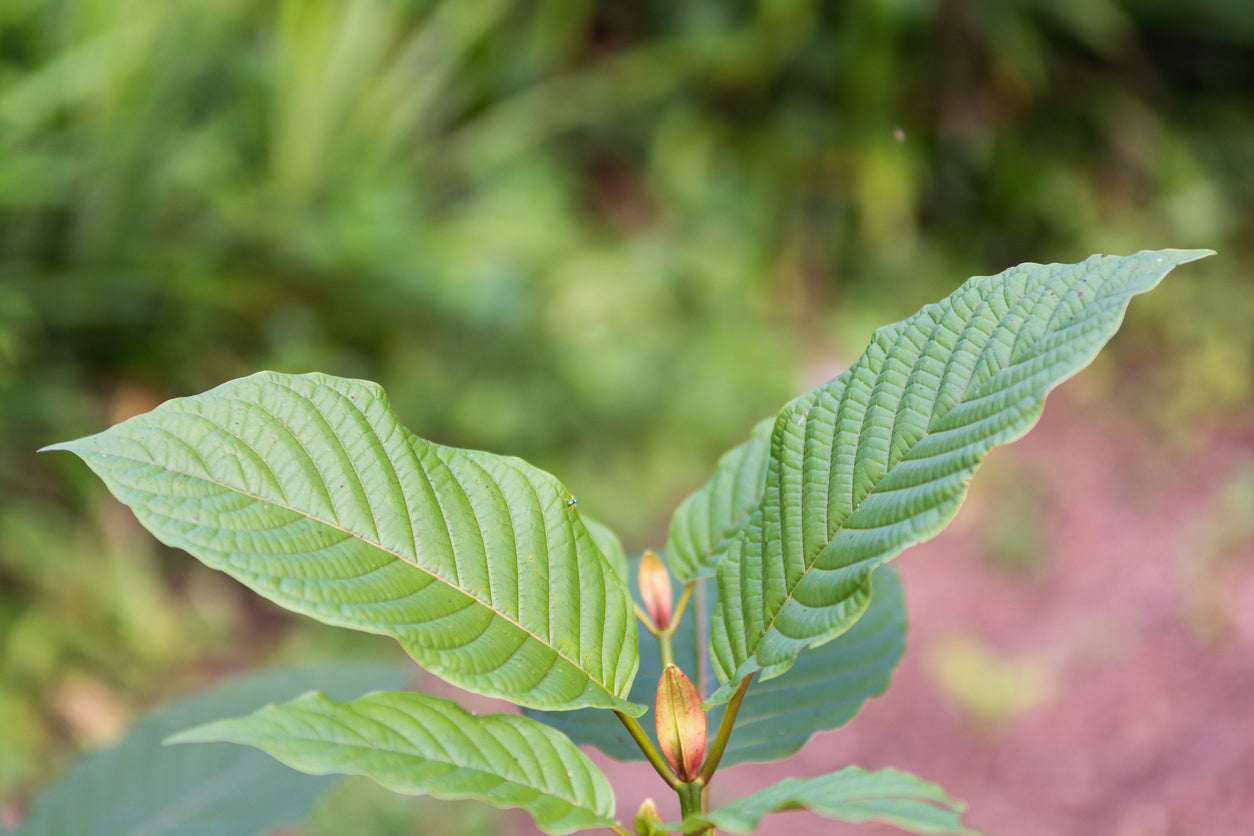
There is a lot of buzz recently about the amazing benefits of kava. This may be why some companies are trying to capitalize on this buzz by marketing products like kratom. Misleading information is given to buyers, causing them to think there is a big similarity between kava and kratom.
Kava and kratom are not similar. To be fair, they do start with the same letter of the alphabet and they both produce stimulant or sedative reactions. But as far as geography of where it is grown, chemical makeup, biological effects, side effects and even how it is prepared and taken, there are more differences than similarities.
Difference in Geography
Kava, also known as Piper Methysticum, can be found in the Pacific Islands. It comes from the pepper family. Farmers then harvest the root. These skilled farmers then separate the noble kava, or that of exceptional quality, from ignoble kava, which is poor in quality.
This is important because only noble kava is legal for export.
Kratom, also known as Mytragyna Speciosa is found in Southeast Asia and is a member of the coffee family. While it is legal, the Drug Enforcement Agency is trying to place a ban on kratom due to its effects mimicking that of heroin and other mind-altering substances.
This difference in effects is due mostly to the chemical makeup of each product.
Difference in Chemical Makeup
Kratom has more than 40 compounds in its leaves. Some of these compounds can be as much as ten times stronger than morphine. The more compounds present, the more a person will feel its effects.
Kavalactones comprise the chemical makeup of kava. The concentrations of the kavalactones determine the potency of the product. The effects, however, are much more positive than those associated with kratom.
The different compounds between kava and kratom create astonishingly different effects.
Difference in Biological Effects
Kava works with the GABA receptors in the brain. It attaches to dopamine receptors and tells the brain to feel happy. Kratom, on the other hand, targets opioid receptors in the brain by utilizing serotonin and norepinephrine to make the brain feel happy.
Kratom has alkaloids that help block pain receptors and give the user an effect like using morphine, making the mind foggy and unclear.
Kava has kavalactones which offer a sedated feeling but without the loss of mental clarity. This is just one difference in the effects both kava and kratom have on the person drinking it.
Difference in Side Effects

Kratom can act as a stimulant and a sedative that lasts between sixty and ninety minutes. The alkaloids cause effects that can include hallucinations, sleeplessness, nausea, sweats, constipation, itching and even tremors.
You feel sedated and lack the ability to develop clear thoughts. Your speech is slurred and slowed. While you feel a euphoric high, it doesn’t last long. Once it wears off, you begin craving more.
Kratom, because it acts like an opiate, has characteristics that cause users to become dependent on it. When people try to stop using kratom, withdrawal effects can be very uncomfortable.
Kava makes you feel relaxed, mentally and physically. Your mood is uplifted and you feel good will towards others. These effects last for several hours.
Kava has no known traits that cause dependency. Meaning, a person can stop using kava without experiencing painful or uncomfortable symptoms. Kava does not cause the brain to crave it once it wears off either.
Difference in Preparation and Use
Kratom is sourced from the leaves of an evergreen tree in places such as Thailand, Malaysia and Borneo. Users typically chew the fresh leaves. However, some are now crushing the leaves into powder form to mix with liquids for drinking.
There are different forms of kratom: paste, gels, drink mixes, supplements, powders and liquid extracts.
Kava is sourced from the root of a plant in places such as Hawaii, Fiji and New Guinea. The roots are pounded into a powder which is then mixed with water. The liquid strained from this mixture is consumed.
While users can buy kava in similar forms as kratom, most users drink kava in the form of a tea for best results.
Individuals use kava simply because they want to feel calm and have a good outlook on life in general. Many Pacific Island natives still consume kava daily to relax after a stressful day. Kava is rich in cultural history, often used before ceremonies or religious events.
Kava is a social drink while Kratom does not make individuals feel social. Some people even list it as a good drug on many recommendation lists.
Kratom users tend to feel numb, disassociating with any negative circumstances. Some users are even using it to overcome their addiction to opiates.
Difference in Dangers
If you purchase noble kava, the dangers are relatively non-existent. To avoid interactions, users should not mix kava with prescription medication. Overall, kava is a safe, natural way to relax and feel happy.
Kratom, when used in extremely low doses, is not harmful. However, medium to high doses lead to dependency and withdrawal symptoms that are very uncomfortable.
Kratom is becoming so dangerous that it is banned in many countries, with the United States pursuing a ban as well. It is even banned in Thailand currently, a location where it is sourced.
There are suppliers who sell both kava and kratom. Suppliers sell their products online, in stores and at kava bars. Reputable suppliers, however, will encourage you to only buy kava.
They are experts that know kava offers great effects without becoming dependent. Trustworthy suppliers and kava bar owners want you to have a positive experience. They want you to reach your goal of relaxation and happiness.
Providing you with kava rather than kratom is one way you can know your supplier has your best interest in mind. They focus on customer experience, not making money any way they can. They want you to have an enjoyable time socially, with less tension and more peace.
When you want to relax, choose kava over kratom.
